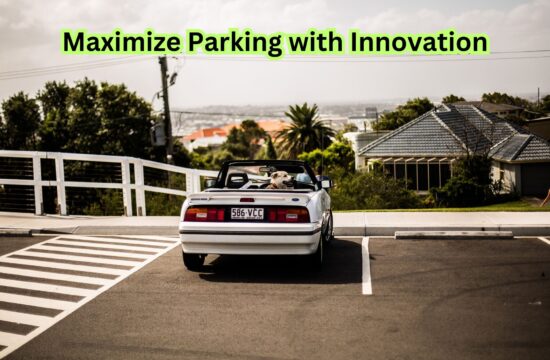In cities, parking has long been a problem. Solving Parking Issues Creatively is becoming a pressing need as finding a parking space can frequently feel like winning the lottery due to the rise in urbanization and the increase in car ownership. Nevertheless, innovative approaches are being developed for Solving Parking Issues Creatively to mitigate this problem and improve city living. Here, we explore creative approaches to efficiently Solving Parking Issues Creatively and making urban areas more livable.
Smart Parking Systems
Smart parking systems use technology to make parking operations more efficient. These systems cut down on the amount of time drivers spend looking for a place. By directing them to available spots using sensors, cameras, and real-time data. Furthermore, users can reserve parking spots in advance using smartphone apps that are integrated with these systems. Which streamlines the entire procedure.
Shared Parking Platforms
Smart parking systems use technology to make parking operations more efficient. These systems cut down on the amount of time drivers spend looking for a place by directing them to available spots using sensors, cameras, and real-time data. Furthermore, users can reserve parking spots in advance using smartphone apps that are integrated with these systems, which streamlines the entire procedure.
Vertical and Automated Parking Solutions
Automated parking systems and vertical parking structures make the most use of available space. In comparison to conventional parking lots. These solutions frequently require less land area since they employ creative engineering to stack cars in multi-level structures. By removing the need for drivers to move their vehicles inside the structure, automated solutions further increase efficiency.
Dynamic Pricing Models
Parking space dynamic pricing can aid in demand management. Cities can promote more effective use of parking facilities by modifying pricing according to location, time of day. And demand levels for example increased costs during rush hours may encourage drivers to look for other forms of transportation or park in less crowded locations.











